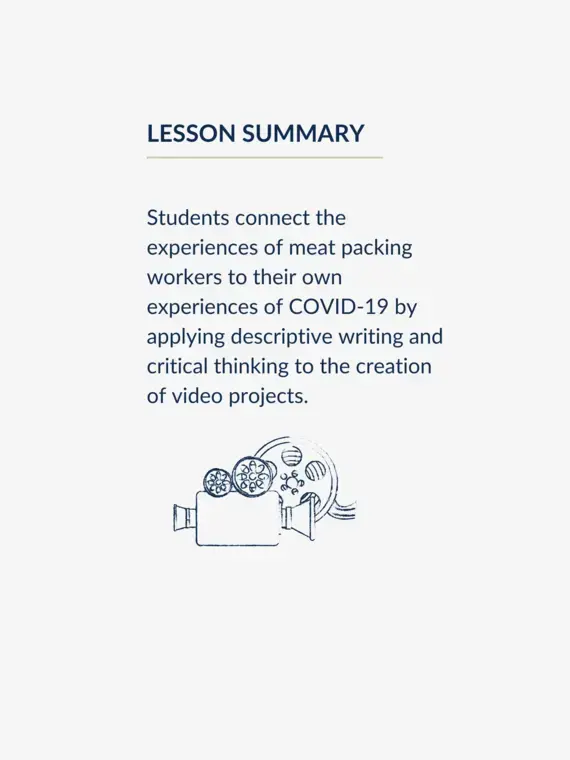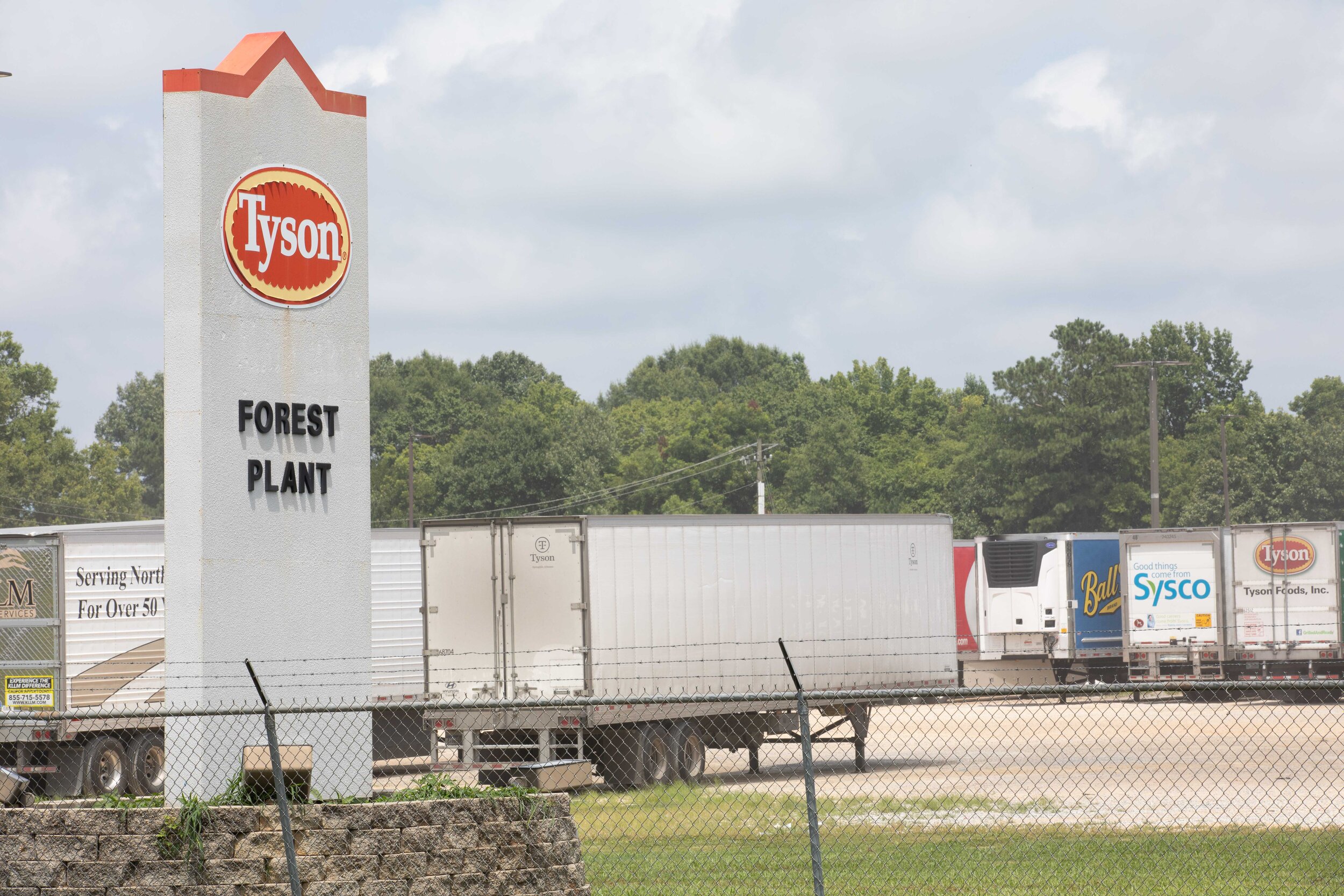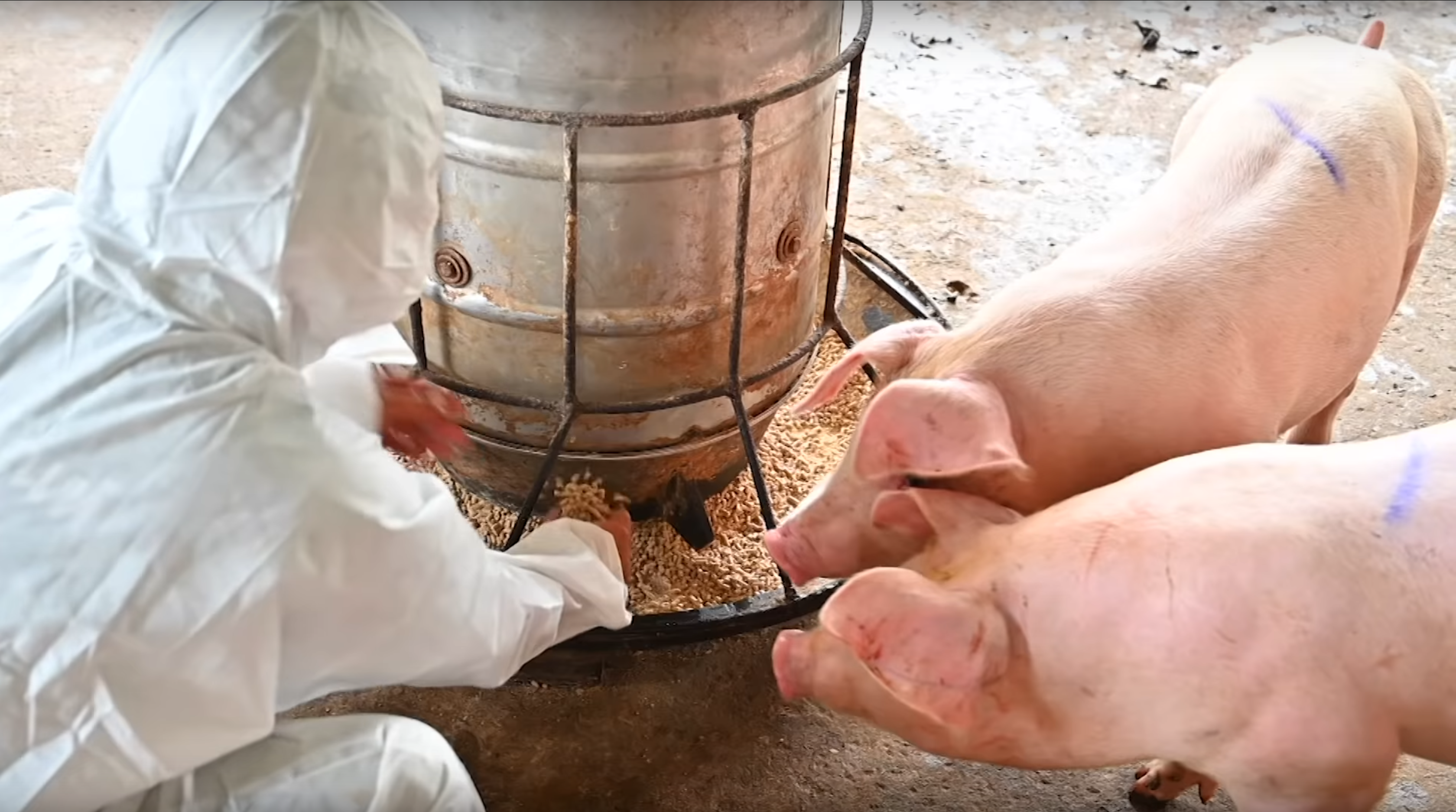
This unit was created by Dr. Cleopatra Warren, a U.S. History, World History, Economics, and U.S. Film teacher at Coretta Scott King Young Women's Leadership Academy in Atlanta, GA, as part of the fall 2020 Pulitzer Center Teacher Fellowship program on Media, Misinformation, and the Pandemic. It is designed for facilitation across approximately two–three class periods.
For more units created by Pulitzer Center Teacher Fellows in this cohort, click here.
Objectives and Essential Questions:
Students will be able to...
- Describe the influence of muckrakers and investigative journalists in order to bring attention to under-reported stories of frontline meat packing workers during the COVID-19 pandemic.
- Know and understand the following information:
- The economic growth of the late 19th century led to a multitude of problems in America. Journalists who sought to bring attention to these problems were known as muckrakers. Muckrakers of note include Ida Tarbell, Jacob Riis, Upton Sinclair, and Lincoln Steffens.
- Upton Sinclair wrote The Jungle to bring attention to the plight of the work and conditions of the meat-packing industry. Sinclair's attempt was to aid workers but inadvertently aided consumers who were appalled by his work.
The essential questions for this unit are:
- How do journalists report and communicate stories?
- What are under-reported stories, and why are they important?
- How do you find and communicate under-reported stories that matter to you?
Unit Overview:
This unit centers the themes of identity, resistance, and social change. Students will use descriptive writing and critical thinking skills to create video responses centered on the experiences of workers from meat manufacturing plants (1900–present) in the U.S. in order to make connections to their lived experiences of the COVID-19 pandemic.
Resources for Facilitating this Unit:
Click here for a PDF outlining lesson plans for this unit, including warm-ups, resources, discussion questions, activities, and evidence of student work.
Performance Tasks:
1. Students will create Flipgrid news casts (narration and visuals) to report on their learning throughout the unit. The newscasts should include details from reporting explored during the unit, and connections that students are making between the issues they explored in the unit and their own communities.
2. Students respond to the following question using the Graffiti Strategy: What are under-reported stories, and why are they important?
Assessment/Evaluation:
Several formative assessments are documented throughout the unit plan above. The following rubric can be used and modified to assess student's Flipgrid presentations:
















